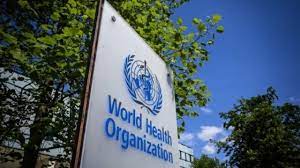By Ayomide Otitoju
The World Health Organization (WHO) has reported that an estimated 8.2 million people were newly diagnosed with tuberculosis (TB) in 2023, marking the highest number since global TB tracking began in 1995. This figure, up from 7.5 million cases in 2022, places TB once again as the world’s deadliest infectious disease, overtaking COVID-19.
According to the WHO’s Global Tuberculosis Report 2024, there were mixed outcomes in the battle against TB. While TB-related deaths fell from 1.32 million in 2022 to 1.25 million in 2023, the disease continued to affect approximately 10.8 million people globally. Thirty countries accounted for the majority of cases, with India, Indonesia, China, the Philippines, and Pakistan comprising 56% of the global TB burden.
“That TB still claims so many lives when we have preventive and treatment tools is unacceptable,” said WHO Director-General Dr. Tedros Adhanom Ghebreyesus, urging countries to follow through on their TB commitments.
While progress has been made in narrowing the gap between estimated and reported cases to 2.7 million — down from a 4 million case gap during the COVID-19 pandemic — challenges persist. Multidrug-resistant TB (MDR/RR-TB) remains a public health crisis, with only 44% of an estimated 400,000 MDR/RR-TB cases diagnosed and treated, despite a treatment success rate of 68%.
WHO continues to call for enhanced funding and efforts to eradicate TB, emphasizing the need for expanded access to preventive treatments for vulnerable populations, including people living with HIV and household contacts of TB patients.










